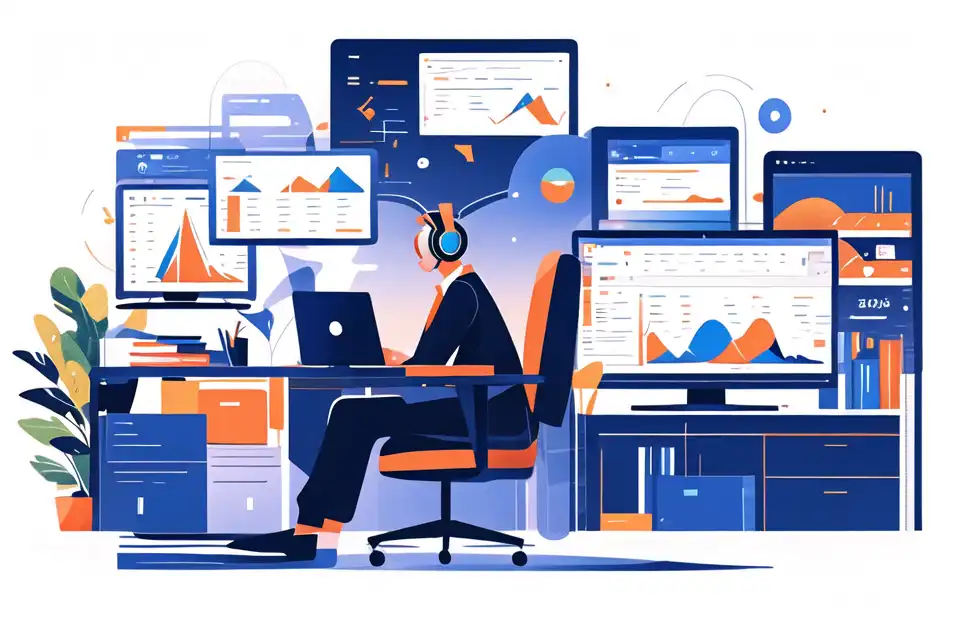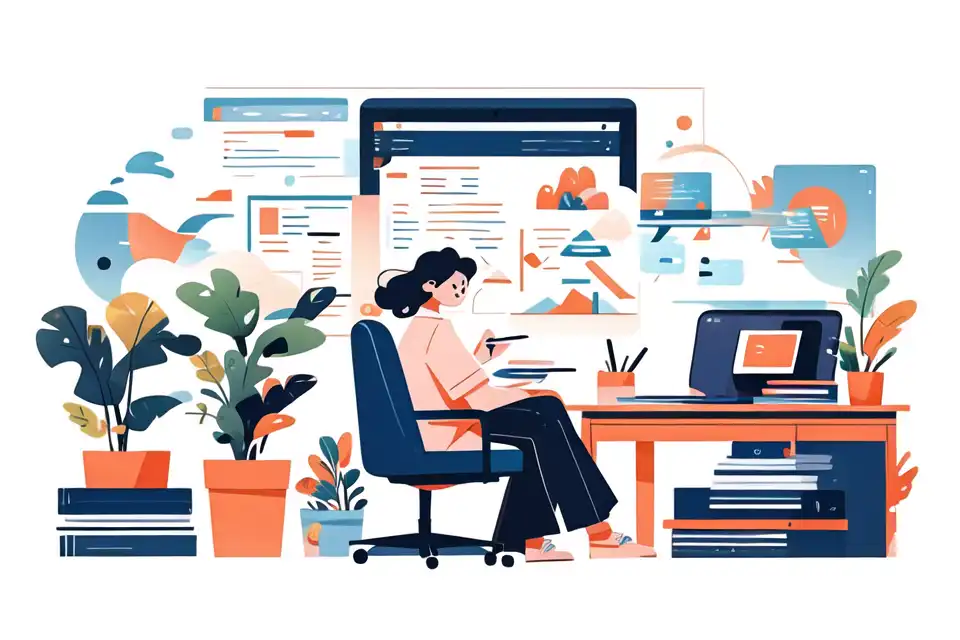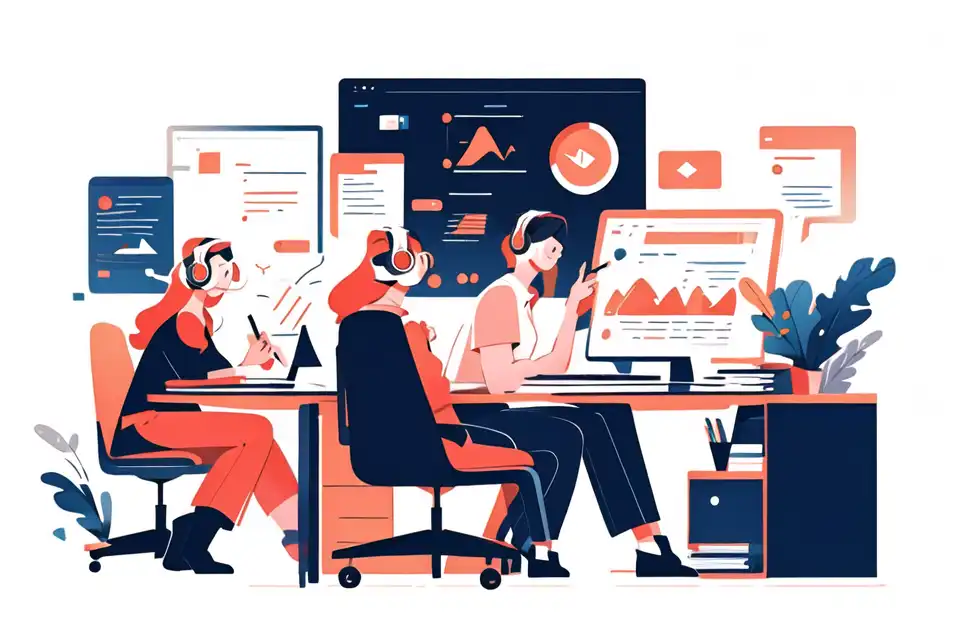How to Ask for Clarification in an Email Professionally
Master the art of professional communication in business settings with expert guidance. Learn how to ask for clarification in an email professionally.
Try Lark for Free
In the professional world, effective communication is paramount to success. Emails serve as the backbone of communication in most industries, and knowing how to ask for clarification professionally is a key component of this. This article explores the importance of seeking clarification in professional emails and provides practical examples, consequences of inadequate communication, step-by-step instructions, phrasing methods, do's and dont's, and FAQs.
Why is it important to understand how to ask for clarification in an email professionally:
In the professional realm, clear communication is crucial for accurate comprehension and efficient collaboration. Asking for clarification in an email is a skill that can prevent misunderstandings, promote a positive work environment, and bolster professional relationships. Here are a few reasons why it's essential to master the art of seeking clarification in professional emails:
-
Avoid Misinterpretations and Errors: Misunderstandings in professional correspondence can lead to mistakes, delays, and potential conflicts. By seeking clarification, individuals can ensure that all involved parties have a clear understanding of the message and its implications.
-
Strengthen Professional Relationships: Professionally seeking clarification demonstrates respect for the recipient's time and expertise. It also reflects a willingness to foster open and transparent communication, which is vital for building and maintaining professional relationships.
-
Project Competence and Clarity: By effectively seeking clarification, individuals showcase their attention to detail, commitment to precision, and overall professionalism. This can significantly enhance their image as competent and reliable professionals.
Practical examples of dealing with how to ask for clarification in an email professionally:
A typical scenario when you don’t know how to ask for clarification in an email professionally
A typical scenario when you don’t know how to ask for clarification in an email professionally
In a typical work scenario, one might encounter a situation where an email requires clarification, but the individual is uncertain about the most professional approach. This uncertainty can lead to common mistakes such as ambiguity in the inquiry, informal language, or failure to express gratitude. However, a proficient and professional approach to seeking clarification in an email could involve using clear and concise language, acknowledging the recipient's expertise, and thanking them for their assistance. For instance, a suitable expression may be: "I would greatly appreciate further clarification on [specific aspect], as I want to ensure complete accuracy before proceeding."
A typical scenario when you don’t know how to ask for clarification in an email professionally
A typical scenario when you don’t know how to ask for clarification in an email professionally
In another common workplace scenario, an individual may find themselves in need of clarification from a senior colleague or client. The lack of confidence in asking for clarification could lead to errors, misinterpretations, and a strain on professional relationships. To address this effectively, one can ensure the email requesting clarification is respectful, concise, and emphasizes the urgency and importance of the matter. An appropriate expression in this instance could be: "I kindly request your clarification on [topic] at your earliest convenience. Your guidance is valuable for the successful completion of the project."
A typical scenario when you don’t know how to ask for clarification in an email professionally
A typical scenario when you don’t know how to ask for clarification in an email professionally
Sometimes, professionals may encounter a situation where asking for clarification can be challenging due to the sensitive nature of the subject or the hierarchical relationship between the parties involved. Nonetheless, it is crucial to navigate such scenarios with professionalism to avoid miscommunication or offense. A suitable approach may involve using formal language, providing context or background information, and expressing genuine gratitude for the recipient's assistance. A well-crafted expression for this scenario could be: "I humbly request your clarification on [specific aspect]. Your expertise in this area is highly valued, and your prompt response would be greatly appreciated."
A typical scenario when you don’t know how to ask for clarification in an email professionally
A typical scenario when you don’t know how to ask for clarification in an email professionally
In a professional setting, there might be instances where seeking clarification becomes challenging due to the complexity of the subject matter or the potential implications of the request. Nevertheless, it remains crucial to communicate effectively and professionally. This can be accomplished by clearly outlining the areas requiring clarification, expressing the necessity and relevance of the inquiry, and acknowledging the recipient's expertise. An appropriate expression in this context could be: "I kindly seek your guidance on [specific topic] to ensure accuracy in the project deliverables. Your insights are invaluable in this matter."
Use Lark Messenger to elevate your team communication.
What are the consequences of not knowing how to ask for clarification in an email professionally:
Delayed or Incorrect Actions
Failure to professionally seek clarification in an email can result in delayed or incorrect actions, leading to operational inefficiencies and potential errors. Misunderstandings or incomplete information derived from poorly articulated inquiries can disrupt workflow and impact productivity.
Erosion of Professional Image
Inadequate communication in seeking clarification can tarnish one's professional image. Misinterpretations or unclear requests may reflect poorly on an individual's competence, attention to detail, and overall professionalism, impacting their reputation in the workplace.
Confusion and Frustration Among Colleagues
Ineffective clarification-seeking can induce confusion and frustration among colleagues or team members, adversely affecting collaborative efforts and ultimately impairing the successful attainment of objectives.
Learn more about Lark x Communication
Methods of phrasing how to ask for clarification in an email professionally:
Method 1: Using Direct Language
Employ direct and explicit language to articulate queries, ensuring that there is no room for misinterpretation or confusion. Clarity and precision in communication are essential for effectively seeking clarification in professional emails.
Method 2: Using Structured Inquiries
Organize the inquiries in a structured manner, presenting them concisely and logically within the email. Arranging the questions systematically enhances the recipient's comprehension and expedites the clarification process.
Method 3: Employing Diplomacy and Professionalism
Maintain a tone of diplomacy and professionalism throughout the email, respecting the recipient's expertise and time. Diplomatic language fosters a positive and cooperative atmosphere, encouraging a favorable response.
Use Lark Messenger to elevate your team communication.
Do's and dont's when you don't know how to ask for clarification in an email professionally:
| Do's |
|---|
| Acknowledge the Receiver's Time |
| Request for Quick Response |
| Be Specific and Concise |
| Don'ts |
|---|
| Making Assumptions |
| Using Slang or Informal Language |
| Overly Apologetic Tone |








